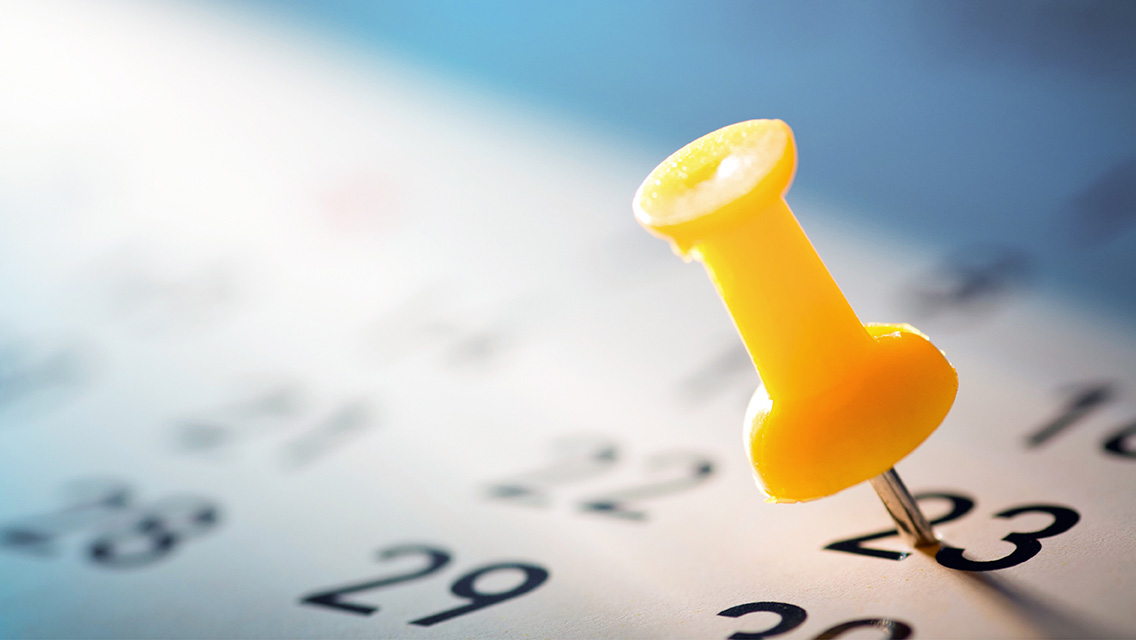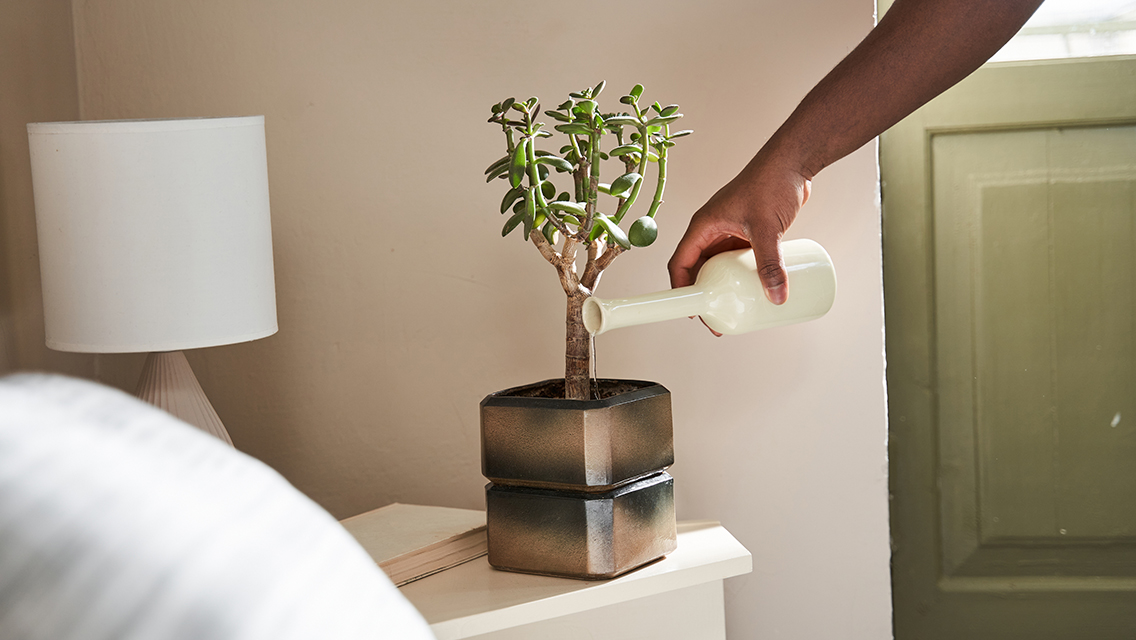Whether it’s a mountain of paper, an overflowing closet, an out-of-control trinket collection, or any other form of undealt-with mess, most of us suffer from clutter’s burden. It’s no wonder: One expert quoted in the Los Angeles Times estimates that the average U.S. home contains more than 300,000 objects.
Many of us tend to feel both anxious and ashamed about the detritus we see building up around the edges of our lives. We also feel overwhelmed and stressed by the prospect of digging out from it, often not knowing where to begin.
So, in this installment of The Living Experiment, we explore clutter’s origins and its underlying causes and real-life impacts. We also offer some suggestions for dealing with it more effectively, as well as experiments to help you get the upper hand on the clutter that’s dragging you down.
The Land of Too Much
- We live in a culture that makes accumulating stuff relatively cheap and easy. We rarely consider the true cost of acquiring new things, including how our time and space are burdened by storing, maintaining, and living around them.
- Our society trains us to regard the ownership of things as a mark of success. It tells us that possessing more will make our lives happier and better. It also encourages us to buy things as a way of communicating our tastes and identity to others. All of this makes it tempting to acquire more material goods than we know what to do with.
- Much of what we think of as clutter amounts to delayed tasks and decisions — things we “aren’t getting around to” because we don’t have enough time, energy, mental space, or emotional resilience to deal with them.
Clutter’s Real Costs
- Even when we are surrounded by things we value, their net impact becomes negative if they start impinging on our movement, mood, relationships, or thought process.
- Clutter contributes to our daily burden of stress, and it serves as a reminder that some part of our lives is out of balance, ignored, or out of control.
The Path to Clarity
- Because we tend to become inured to the long-term clutter in our midst, it can be useful to look around your home with fresh eyes — seeing your space as if someone else lives there.
- Notice which areas are in need of unburdening. Reflect on how they got that way and what they are saying — both to and about you. Aim to do this with a curious, objective, and compassionate (rather than judging) mindset.
- Take note of those spaces where you regularly encounter friction (drawers that won’t close, closets and walkways too tightly packed for easy movement). Each time you come face to face with clutter, ask yourself, Does the presence of this stuff bring me more pleasure than frustration? If the answer is no, you’ve identified a decluttering project.
- Beware the temptation to buy more things (organizing and storage systems, high-design furniture) rather than dealing with your core clutter issues.
- Consider taking on one small space at a time (like a single drawer) and building up to larger projects as your energy increases.
- Listen to the “Decluttering” episode of The Living Experiment for more how-to tips and inspiration.
Experiments
Dallas suggests: Try the strategy that Pilar’s decluttering-pro sister calls “defending with beauty”: Clear a horizontal surface and put a single beautiful object or simple arrangement where clutter once dominated. Notice that it is now much less tempting to use that space as a dumping ground for stuff that belongs elsewhere.
Pilar suggests: After listening to the follow-up decluttering episode, dedicate a set block of time (15 to 90 minutes) to decluttering one of the following areas: entryway, bedside table, or dining-room table. Notice the effect that even this little bit of space-clearing has on your outlook and energy.
Listen and Learn: Check out this and other episodes of The Living Experiment at LivingExperiment.com. Subscribe to the podcast via Apple Podcasts, SoundCloud, or Stitcher.




This Post Has 0 Comments